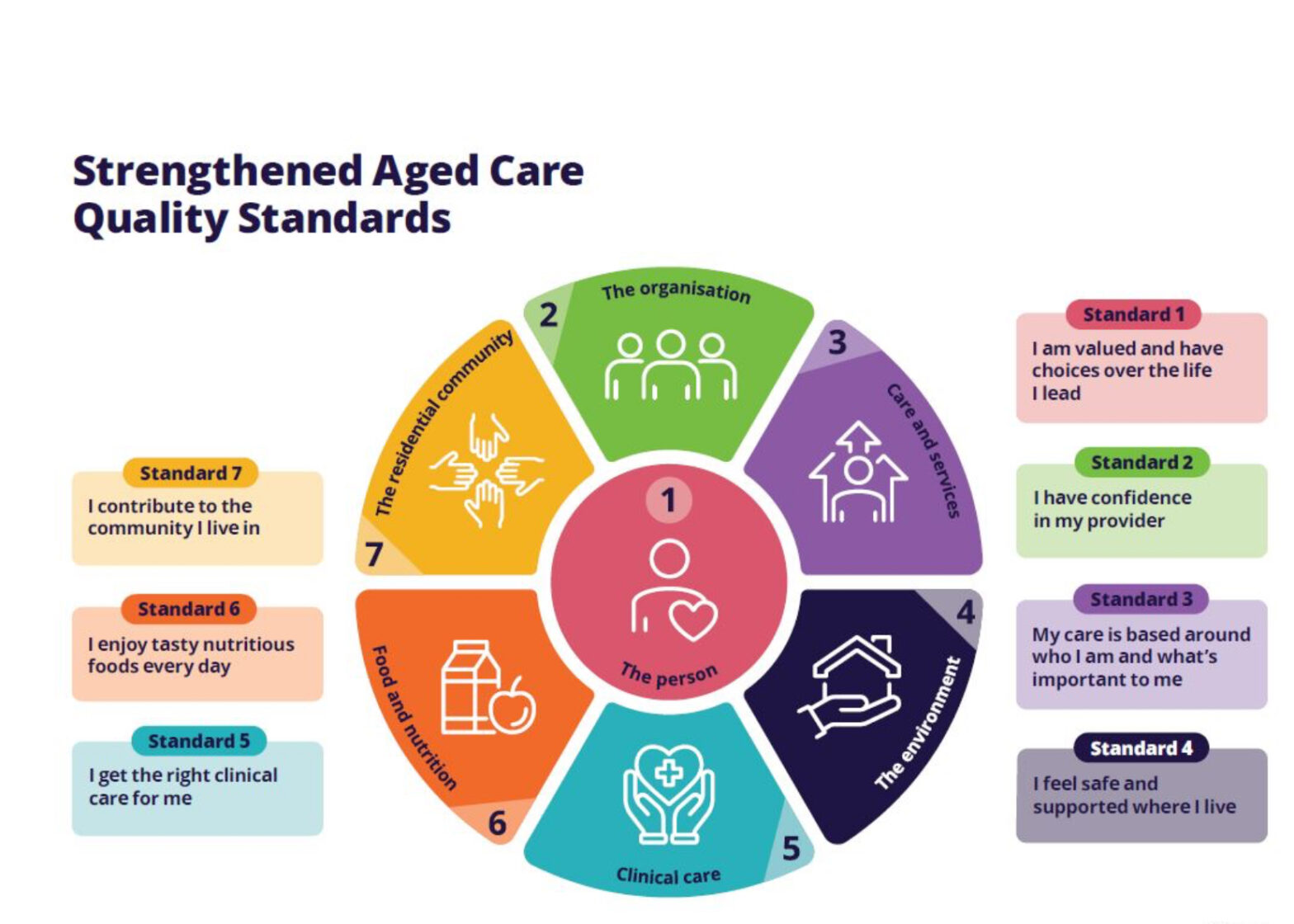Integrating Sensory Stimulation into Dementia Care: Enhancing Cognitive Function and Emotional Well-being
Integrating Sensory Stimulation into Dementia Care: Enhancing Cognitive Function and Emotional Well-being
Sensory stimulation is an essential component of dementia care, offering significant benefits to both cognitive function and emotional well-being. As dementia progresses, patients often experience a decline in their sensory processing abilities, which can lead to increased confusion, agitation, and withdrawal. By integrating sensory stimulation into care practices, caregivers can help mitigate these effects, providing a more engaging and comforting environment for dementia patients. This blog explores how sensory stimulation can be effectively used to enhance the quality of life for individuals living with dementia.
1. What is Sensory Stimulation?
Sensory stimulation involves the use of activities and therapies that engage the five primary senses: sight, sound, touch, taste, and smell. It also includes proprioception (the sense of body position) and vestibular stimulation (the sense of balance). These activities can range from simple interactions, such as touching different textures, to more complex experiences like listening to music or enjoying aromatherapy.
2. Benefits of Sensory Stimulation in Dementia Care
• Cognitive Enhancement: Sensory activities can help stimulate cognitive functions such as memory, attention, and problem-solving. For example, familiar smells or sounds can trigger memories and encourage reminiscence, helping patients connect with their past.
• Emotional Well-being: Sensory stimulation can reduce feelings of anxiety, depression, and agitation. Engaging the senses can evoke positive emotions and provide comfort, helping patients feel more grounded and less isolated.
• Improved Communication: For patients with advanced dementia who may struggle with verbal communication, sensory activities offer an alternative way to express emotions and interact with caregivers.
• Physical Engagement: Activities like gentle massage, walking on different surfaces, or hand exercises can enhance physical coordination and promote relaxation.
3. Practical Ways to Integrate Sensory Stimulation into Care
• Sight: Use visual stimuli such as photos, videos, or colourful objects. Nature videos or a walk in the garden can be soothing and visually engaging. Changing the lighting in a room to soft, natural light can also create a more calming atmosphere.
• Sound: Play music that the patient enjoys or that has a calming effect. Nature sounds, such as birds chirping or waves crashing, can also be soothing. Some patients may benefit from engaging in rhythmic activities like clapping or tapping along to music.
• Touch: Provide different textures for the patient to feel, such as soft fabrics, smooth stones, or warm towels. Hand massages with scented lotions can also be comforting and help reduce agitation.
• Taste: Offer a variety of flavours, from sweet to savoury, to stimulate the taste buds. This can include favourite foods or new treats that are safe for the patient’s diet. Taste-based activities can also stimulate appetite and provide a sense of pleasure.
• Smell: Aromatherapy can be a powerful tool in dementia care. Scents like lavender, citrus, or vanilla can have a calming effect, while the smell of familiar foods or flowers can evoke positive memories.
• Movement and Balance (Proprioception and Vestibular): Encourage gentle exercises that involve movement, such as swaying, rocking in a chair, or light stretching. Activities that involve changing positions or walking can help with balance and coordination.
4. Creating a Personalised Sensory Stimulation Plan
To maximise the benefits of sensory stimulation, it’s important to tailor activities to the individual needs and preferences of each patient. Consider their past hobbies, favourite foods, and cherished memories when selecting activities. Regularly assess the patient’s response to different stimuli and adjust the plan as needed to ensure it continues to meet their needs.
5. Challenges and Considerations
While sensory stimulation offers many benefits, it’s important to approach it thoughtfully. Overstimulation can lead to increased anxiety or agitation, especially if the patient is exposed to too much sensory input at once. Caregivers should observe the patient’s reactions and adjust the intensity and duration of activities accordingly. Additionally, certain medical conditions or allergies may limit the types of sensory stimulation that are safe or appropriate for some patients.
Conclusion
Integrating sensory stimulation into dementia care can significantly enhance cognitive function, emotional well-being, and overall quality of life for patients. By thoughtfully incorporating activities that engage the senses, caregivers can create a more supportive and enriching environment that helps dementia patients feel more connected and comfortable.








